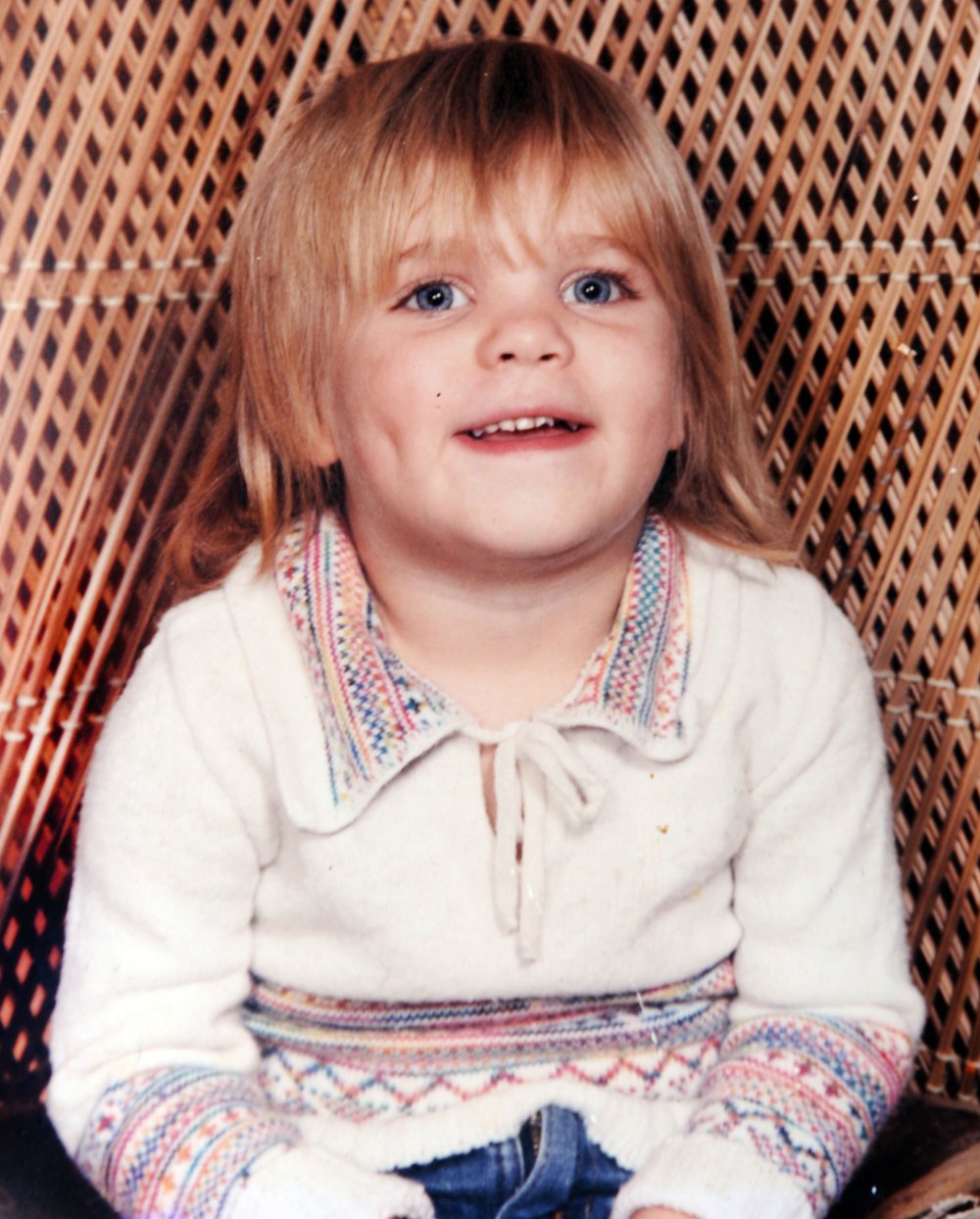Summary
HR 2908 and HR 2858 would significantly impact victims of juveniles whose cases go through the federal system. While NOVJM supports some of the goals laid out in these resolutions, we have serious concerns regarding some provisions. Our main concern with HR 2908 is that it increases the minimum age of adult transfer from 13 to 16. As shown by California SB 1391, mandating juvenile treatment for all defendants under 16 is both unjust and dangerous. We also are concerned with the sentencing reviews allowed by 2858. NOVJM hopes that, as victims whose lives will be significantly altered by these resolutions, that we will be considered.
The Resolutions
HR 2908 and HR 2858 would change the way juvenile offenders are treated in the federal system.
HR 2908 would:
- Increase the minimum age for a juvenile to be tried as an adult from 13 to 16
- Prohibit the felony murder rule from being applied to juveniles
- Prohibit the placement of juveniles in adult jails and prisons
- Establish a minimum age of 12 for criminal culpability
- Require data collection on juveniles in the federal criminal justice system
- Establish a grant block program to help youth under age 12 who fall victim to commercial sexual exploitation
HR 2858 would:
- Allow offenders in the federal system to petition a judge for sentencing review and modification after 20 years
- Allow judges to depart up to 35% away from mandatory minimums when sentencing juveniles
Current Law

See here for more details.
Under current law, 13 to 17-year-old juveniles can be tried in adult court. In some cases, a U.S. district court has the discretion to transfer a juvenile to adult court. And in some cases, it is mandatory that a juvenile be transferred to adult court.
Transfers are required when a juvenile aged 16 or older with a prior comparable conviction or juvenile adjudication is charged with committing a violent crime or drug trafficking.

A court may transfer a juvenile age 13 or older if they are alleged to have committed aggravated assault, murder, attempted murder, armed robbery, or armed rape or if they are 15 years or older and are alleged to have committed drug trafficking or a violent felony.
When deciding whether to transfer a juvenile to the adult system, the court will consider the seriousness of the alleged crime, the age and maturity of the defendant, the defendant’s prior delinquency record, the results of past rehabilitative efforts, and the availability of existing rehabilitative programs.

A juvenile who is found delinquent may be released under a suspended sentence, placed on probation, ordered to pay restitution, and/or sentenced to the custody of the U.S. Attorney General for detention. If they are detained, the detention period may not exceed the term which might be imposed upon an adult for the same crime. The detention may last until the offender turns 26 years.

NOVJM is not opposed to much of what is in these resolutions–we are fine with requiring data collection on juveniles in the federal system. We support helping youth who fall victim to sexual exploitation. However, some of the changes these resolutions would make are troubling.
Our Position

NOVJM is not opposed to much of what is in these resolutions–we are fine with requiring data collection on juveniles in the federal system. We support helping youth who fall victim to sexual exploitation. However, some of the changes these resolutions would make are troubling.
Increasing the minimum age for a juvenile to be tried as an adult from 13 to 16

HR 2908 would raise the minimum age for adult transfer from 13 to 16. As shown by California SB 1391, mandating juvenile treatment for all defendants under 16 is both unjust and dangerous.
Under the federal system, one who is tried in juvenile court may be detained until age 26. Depending on the age they were when the detainment started, this may mean a period of incarceration that lasts 11-13 years. But some crimes, including crimes committed by defendants under age 16, warrant longer sentences. For example:

- Chris Segerstrom, 15, kidnapped, raped, and murdered four-year-old Barbara Thompson in Fayetteville, Arkansas. The crime was extremely violent and brutal. Segerstrom first lured the little girl into the woods by telling her that they would catch butterflies. He then raped her violently–he rammed a stick into little Barbara’s vaginal cavity with so much force that it protruded into her abdominal cavity. He also suffocated her and beat her with a 40-pound rock. The beating was so severe that her skull was partially flattened with brain matter protruding.
- Daniel Marsh, who was one month away from turning 16, invaded the Davis, California home of Chip Northup and his wife Claudia Maupin. He tortured and murdered the couple, stabbing them both over 60 times. He then eviscerated and dissected their bodies. He later described the murders as giving him the most enjoyable feeling he had ever experienced, which was heightened when the victims were conscious and resisting. Marsh planned additional murders as well.
- Eight-year-old Maddy Middleton was lured with the promise of ice cream by 15-year-old Adrian Gonzalez to his apartment at the Tannery Arts Center in Santa Cruz, California. Once Maddy was in the apartment, Gonzales restrained her from behind, tied her up with duct tape, and raped her. Gonzales strangled little Maddy and stabbed her in the neck three times. Maddy was shoved in trash bags and placed in a recycling bin where she died of positional asphyxiation. Gonzales even pretended to help search for Maddy.
- Donald Torres, 14, murdered Harry and Jennifer Godt and their two children, four-year-old Jon and one -and-a-half-year-old Samantha. Torres, who had befriended the Godt family, became angry when Harry scolded him for teaching Jon to play with matches. Torres broke into the Godt family’s Middletown, Delaware home and spread kerosene over the kitchen floor and the stairway leading to the bedrooms. He then ignited the kerosene with a lighter and some newspaper. He went outside and watched as the fire spread. Torres later admitted that he knew the family was in the home when he set it ablaze. All four members of the family were killed.
- 10-year-old Victoria Joelle “Vicki” Larson was raped and murdered by 15-year-old Scott Darnell in Andover, Illinois. As Vicki was walking home from her brother’s Little League game, Darnell lured her into a cornfield. She must have tried to run away when she saw the stakes and leather straps near the shallow grave Darnell had created three days prior. Darnell raped the girl and strangled her from behind with a bandanna. He then buried her in the grave.
- In Danvers, Massachusetts, Phillip Chism, 14, followed his teacher Colleen Ritzer into one of the high school’s bathrooms. He then raped her and stabbed her 16 times, killing the 24-year-old Assumption College graduate. Chism then used a recycling bin to remove Colleen’s body from the school and hid her in a wooded area.
- In Saint Martins, Missouri, 15-year-old Alyssa Bustamante lured her nine-year-old neighbor Elizabeth Olten into the woods, telling her “I’ve got something really neat to show you. It’s just a little bit further up here.” But Bustamante, a highly disturbed and deranged young woman, was planning on doing far more evil than what she let on. Bustamante, who had previously threatened to kill a classmate and listed “killing people” and “cutting” as interests on her YouTube page, had devised a plan to murder little Elizabeth. Like several other killers listed here, Bustamante wanted to feel the thrill of killing. She had previously told a friend “I just wonder what it would be like just to kill someone, see the life just drain out of someone. I wonder what it would feel like, that type of power, to take that away from someone.” And Bustamante did just that. She led the little girl to a grave she had dug at least five days earlier and then began to strangle her. She stabbed Elizabeth several times in the chest, slit her throat, and buried her in the grave.
- On Mother’s Day, Penny Brown, a 39-year-old midwife, nurse, and mother of two, went for a jog on a trail with her two dogs in Salamanca, New York. But she never got to come home because of choices made by an extremely violent 15-year-old named Edward Kindt. Kindt attacked the mother, raped her, strangled her with a leash from one of her dogs, and buried her beneath a pile of leaves, branches, and twigs.
- Jacob LaRosa, 15, invaded 94-year-old Marie Belcastro’s home, attempted to rape her, and beat her to death with a heavy metal flashlight. The beating Marie endured was so severe that her eyes ruptured and the bones in her face and the top of her skull were crushed. LaRosa was a highly disturbed teen, and showed no remorse for the evil crime, even bragging to other inmates about it.
- In York, Pennsylvania, Betty Marie Ilgenfritz Bradford, 26, tried to go to a grocery store to buy milk for her two-month-old daughter. She never came home. Warner Batty Jr., 15, and Donald Riviera, 18, kidnapped the mother and took her to a vacant home. The kidnappers viciously gang-raped her. They beat and suffocated her and placed her under a mattress. They set the mattress and the young woman on fire, with Batty later acknowledging that he struck the first match. Betty was still alive when she was set on fire and burned alive.
- In Shamokin, Pennsylvania, Brandon Brown, who was two weeks away from his 16th birthday, kidnapped and raped his six-year-old neighbor Jasmine Stoud. He smashed her head with a rock and left her partially dressed body along an old mining road.
- Craig Price murdered four people in Warwick, Rhode Island, when he was under 16. When he was 13, he invaded his neighbor Rebecca Spencer’s home and stabbed her to death, inflicting 58 stab wounds on the mother of two. Two years later, he invaded the home of the Heaton family, who were also his neighbors. Price, then 15, stabbed Joan and her young daughters to death, inflicting dozens of wounds on each victim.
- In South Kingstown, Rhode Island, Michael Woodmansee, 16, kidnapped Jason Foreman and stabbed him to death and then admittedly ate his flesh. Woodmansee was not apprehended until years later when he attempted to murder another boy. During the time between Jason’s murder and the attempted murder of the other boy, Woodmansee kept Jason’s bones on his dresser as trophies.

Barely over a decade is not at all proportionate and is a grossly lenient sentence for such heinous crimes. Allowing killers like these to live normal lives from 26 onward while their victims are dead and the victims’ family members live lives of agony and torment is deeply unjust.
Raising the age of adult transfers is also dangerous. Not all 13-15-year-old criminals can be rehabilitated by age 26.

There are many cases of juvenile criminals being tried in juvenile court, released once juvenile court loses jurisdiction over them and then committing more crimes in society.
- Scott Darnell (Illinois). Section 1, example 4. A 15-year-old violent sex offender raped and murdered 10-year-old Vicki Larson while on summer release.
- Jimmy Scales and Mical Thomas (Wisconsin). Section 1, example 5. Teen offenders who already had criminal histories involving robbery and murder were tried as juveniles and released early by juvenile supervisors. They then murdered a pregnant woman.
- Robert A. Williams (New York). Section 1, example 6. Williams was tried as a juvenile for attempted murder. He later kidnapped, tortured, raped, and attempted to murder a woman.
- Brian Granger (Michigan). Section 1, example 11. Brian Granger had a juvenile adjudication for a criminal sexual assault on a seven-year-old in 1981. He was sent to the Boysville Detention Center and then the Parmenter House. Less than a week after release, he raped and murdered Sandra Nestle as she jogged.
- Markus Evans (Wisconsin). Section 1, example 13. Evans assaulted a high school safety aide with an iron rod. He attacked another school aide, diving across a desk to hit him. He was arrested after the latter incident but was released. After his mother took his motorized toy car away, he poured gasoline around their house and tried to light his mother on fire. When he was 15, he shot his cousin in the back with a shotgun. The case was kept in juvenile court and he was incarcerated for 14 months. Upon release, he murdered 17-year-old Jonoshia Anderson.
- Christopher and Lawrence Boggs (Utah). Section 1, example 16. The Boggs brothers were tried as juveniles for murdering Cody Brotherson, a police officer. They committed assaults while incarcerated and were charged as adults, meaning their juvenile sentences were dismissed. After being sentenced as adults, they were released early. They were then caught allegedly committing more crimes.
- Dalton Prejean (Louisiana). Section 1, example 23. Prejean spent two and a half years in a reform school for a murder he committed at 14. Upon release, he murdered a Louisiana state trooper, a crime for which he was executed.
- Dante Robinson (New Jersey). Section 1, example 26. Robinson murdered a 12-year-old girl and pled guilty to obstruction of justice in juvenile court. After being released, he committed an armed home invasion.
Sentencing review and modification
HR 2858 would allow felons in the federal system to petition a judge for sentencing review and modification after 20 years. NOVJM’s main concern is victim re-traumatization.
Any time victims face a parole, sentencing, or re-sentencing hearing, they are forced to relive the crimes. Out of consideration for victims, judicial reviews should be minimal and infrequent. There should be a requirement that victims be notified and allowed to participate in these reviews and that the judge consider any statements made by victims or victim representatives.
Additionally, any provision that allows for a review or modification should not be retroactive. Retroactive sentence reductions are especially cruel to victims. Victims who were not planning on attending hearings regarding the criminals’ sentences do not make necessary preparations, such as preserving documents or registering for victim notification. This puts them in an unfair position. There’s also the emotional impact.
Trauma is worse when it comes in a shock. All the suffering victims endure at criminal justice hearings is intensified when they did not expect those hearings. Retroactively allowing criminals to petition for sentence reductions would be a cruel betrayal to victims who were promised that the offenders would serve a certain amount of time, perhaps their lives in prison.
We also ask that this provision consider the horrendous nature of some crimes committed by juveniles. Advocates of juvenile offenders will minimize juvenile crimes by calling the offenders “children”, by calling the crimes “mistakes”, etc. But the reality is that some juveniles commit evil crimes with a complete understanding of the results.
For example, consider the murders of Alyce Slim and Tiffany Lee. This appalling and horrifying double murder went through the federal system, as it occurred on a Native American reservation. Alyce, 63, took her nine-year-old granddaughter Tiffany on a drive from Fort Defiance, Arizona to Tohatchi, New Mexico to visit a Native American medicine person. The grandmother and granddaughter came across two hitchhikers, Lezmond Mitchell and Johnny Orsinger, who were 20 and 16, respectively. Mitchell and Orsinger tricked Alyce into giving them a ride to Sawmill, Arizona. They planned to rob her of her truck. The assailants stabbed Alyce 33 times and murdered her. They placed Alyce’s dead body into the back of the car. They also forced Tiffany into the back seat and abducted her. The kidnappers took the child on a terrifying 30-40-mile drive into the Chuska Mountains. During the drive, Orsinger and Mitchell forced little Tiffany to sit next to her dead grandmother’s body. The men then stopped the car and ordered Tiffany outside of it. Mitchell told her to “lay down and die” and cut her throat twice. When Tiffany survived, Orsinger and Mitchell dropped large rocks on her head. They then severed the victims’ hands and heads from their bodies, buried the severed body parts, and placed their torsos in the woods. Two months before murdering Tiffany and Alyce, Orsinger had committed yet another double murder involving carjacking, robbery, and kidnapping.
We cannot have an honest discussion about the sentencing of juvenile assailants without considering this brutal reality.
Conclusion
While NOVJM supports much of what is contained in these bills, we have serious concerns, which we hope can be addressed in a meaningful way. We hope that victims will be considered by lawmakers who hold our futures in their hands. Though victims may not have the stunning amount of power and money as offender advocates, we still matter. For any questions contact [email protected] or [email protected].











